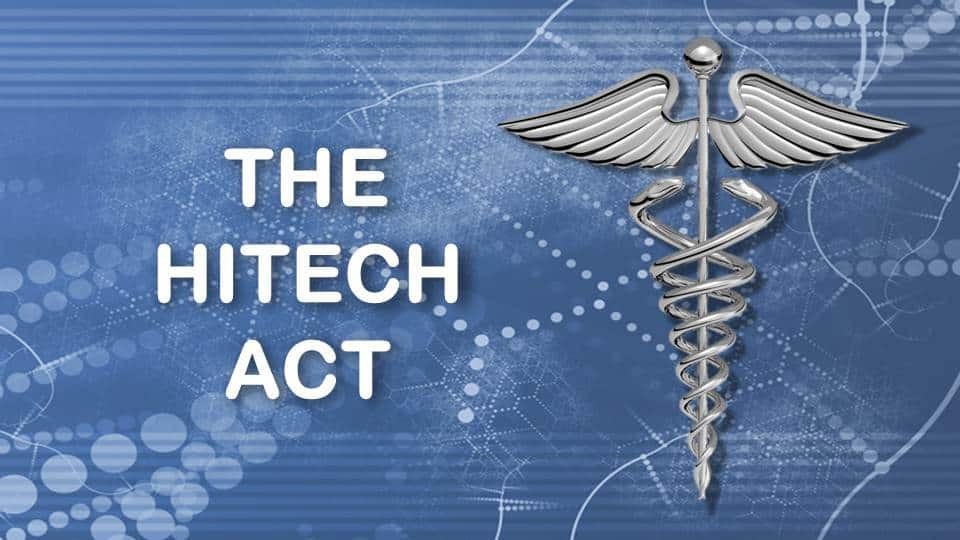
Did you realize that the ONC for Health IT released its new five year plan for 2020-2025? Released November 2020, they made the 2020 goal by 2 whole months. Understanding this document and its upcoming regulatory vision will important if you want to understand health IT from a health research or hospital perspective.
Today we’re going to dive into Goal 1 of 4
1a Strategies · Enable individuals to access their health information · Promote greater portability of eHealth Information (EHI) · Improve access to smartphones and other technologies · Build the evidence base on the use of EHI · Improve consumer health IT literacy 1B Strategies · Promote healthy behaviors and self-management · Leverage individual- and population-level data · Advance use of validated evidence-based digital therapeutics 1C Strategies · Advance standardization and interoperability of Social Determinants of Health and social service data · Capture and integrate Social Determinants of Health data into Electonric Health Records and clinical decision support · Promote engagement between providers · Modernize and strengthen communities’ health IT infrastructure · Foster greater understanding of how to use health IT
Health care providers will see quite a few driving forces that will require changes. The small ones may have the largest impact on actual clinical practice. Currently a wide variety of Social Determinants of Health (SDOH) data is not widely collected or standardized. Promoting healthy behaviors may be as simple as having standardized scripts and placing an order for monitoring and followup but its likely to have far more wide ranging changes.
Giving patients access to their information, portability, and access falls squarely on the IT shops and vendors. The API’s for SDOH.
As someone in research its got quite a few provisions that I look forward to seeing made available. Social determinant of health data will help us isolate and improve interventions. Individuals having greater access to their data will mean that they could donate that data to research giving us greater access across health systems than we could imagine today. Leveraging individual and population level data will be driven by researchers as the vision is still nebulous.
Read the full report: https://www.healthit.gov/sites/default/files/page/2020-10/Federal%20Health%20IT%20Strategic%20Plan_2020_2025.pdf



